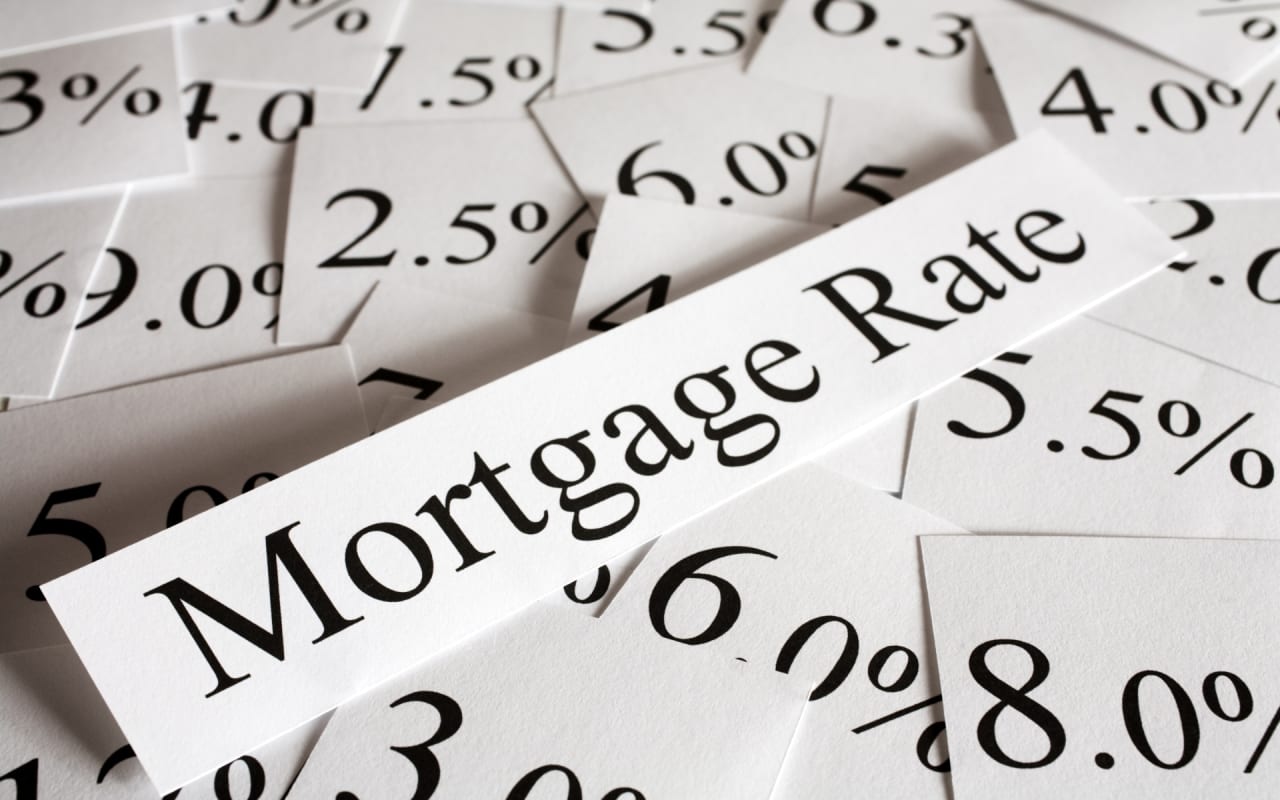Mortgage Rate Updates
Source: Cobalt Mortgage Weekly Updates: Mortgage buyer Freddie Mac says the rate on the 30-year loan dipped slightly to 3.84 percent, down from last weeks rate of 3.86 percent. The average on the 15-year fixed mortgage also fell slightly to 3.08 percent, down from 3.11 the previous week. Application Activity • There was a 0.68% decrease in mortgage applications week over week, from the period 4/20 – 4/25 versus 4/13 – 4/18. • Purchase applications saw a decrease of 1.56%. • Refinance applications saw no change week-over-week. • Our 4-week refinance average is currently at 38-applications.
It’s safe to sell your home again (Money Magazine) -- Given everything they knew about the lackluster housing market, Meghann and Cort Battles didn’t expect much when they listed their four-bedroom home in Centennial, a Denver suburb, for sale in January. So they were taken aback by the onslaught of interest. Meghann, at home on maternity leave with their two sons, juggled 32 showings in the first month. “It’s so exhausting trying to find somewhere to go for an hour two or three times a day,” she says. The Battles even installed a special front-door handle to text them when buyers enter and exit so that they can return as soon as possible. “It’s just crazy,” she says. Wait, isn’t the real estate market still supposed to stink after five straight years of falling prices?
Turns out that while analysts debate when the market will hit bottom, for a surprising number of cities the turnaround has already begun. In December, prices rose in 109 of the 384 metro areas tracked by the data firm CoreLogic. Scrub out foreclosures, and that figure climbs to 169. If you think that recovery means a return to the boom’s double-digit price increases, forget about it. “The market won’t suddenly snap back,” warns CoreLogic economist Sam Khater, who has studied past housing busts. And for harder-hit areas such as central Florida and the Rustbelt, improving may simply mean things are less bad than they were two years ago. No matter where you live, though -- or where you want to live next -- the strategies you employ to sell your home must change to reflect the realities of what’s now a healing market. To see how that change might play out, MONEY visited Denver, ranked by CoreLogic as the most improved of the nation’s 100 largest markets. Prices in the Mile High City and its suburbs, which didn’t experience the extreme booms or busts of Phoenix or Las Vegas, rose in December. Foreclosures are ebbing. And homes are selling about 19% faster than they were a year ago. Our tour of this recovering market reveals that the rebound is likely to creep rather than surge ahead. Yet if you know how to price and market your home properly -- which this story will lay out -- you can finally list your home with confidence that it can sell reasonably quickly and close to your asking price.
Many economists predict that 2012 will be the last year overall housing prices decline, as the final wave of foreclosures from the slump hits the market. After that, prices should inch up: 2% in 2013, 3% in 2014, according to a consensus of analysts tallied by Moody’s Economy.com. Why? Against a backdrop of low mortgage rates, employment has improved slightly, and home prices have fallen long and hard enough that buyers are beginning to realize that they won’t necessarily lose their shirts by purchasing real estate. To see if your neighborhood is on the verge of a rebound, you have to look for the signs. For instance, is local employment on the upswing? That’s a critical factor for a region to get itself on the path to recovery. The improving jobs picture has led to shrinking housing stock across the country, as enough investors and bargain hunters have come on the scene to unclog the glut of foreclosures that’s been blocking a recovery.





















































